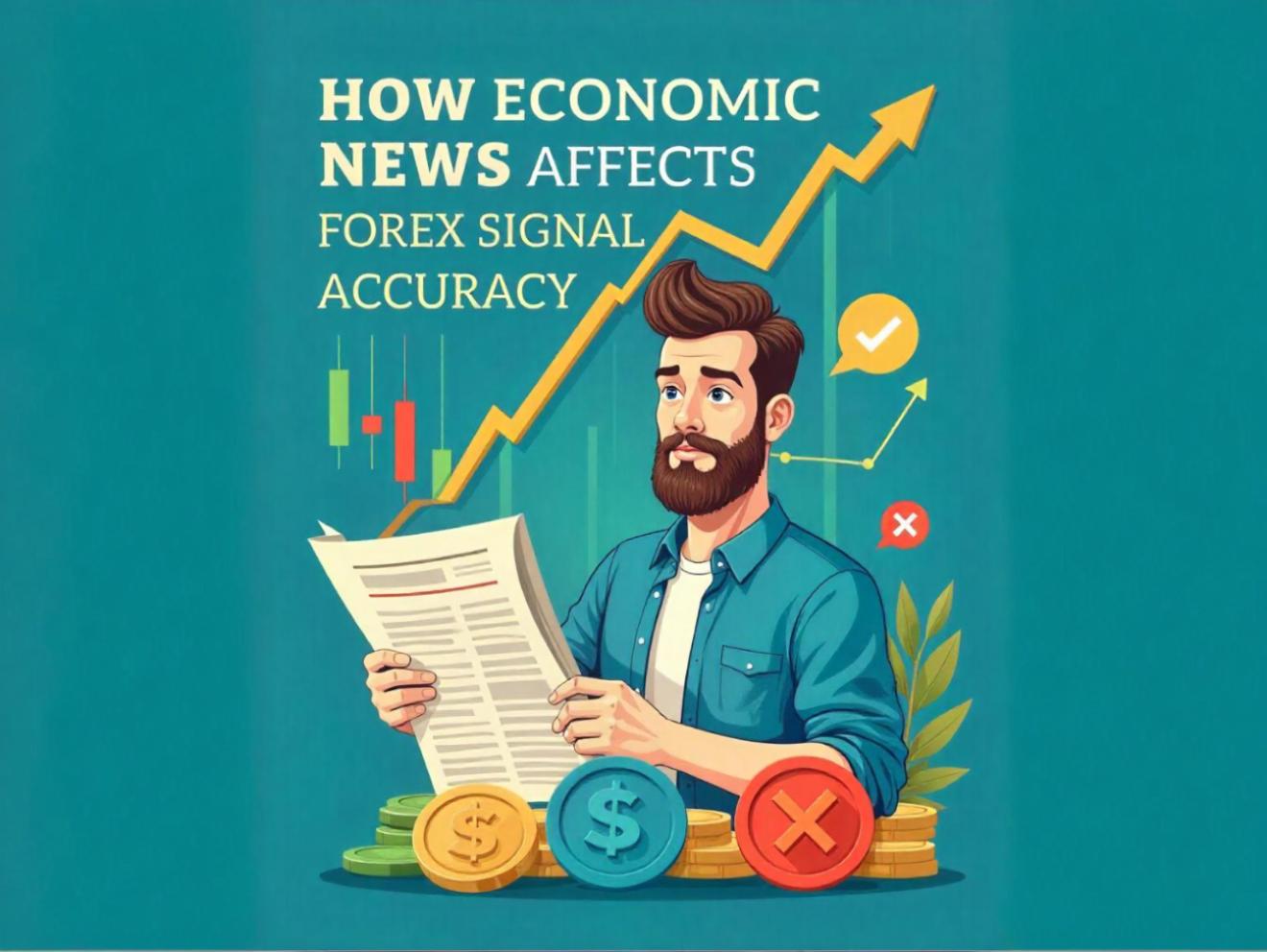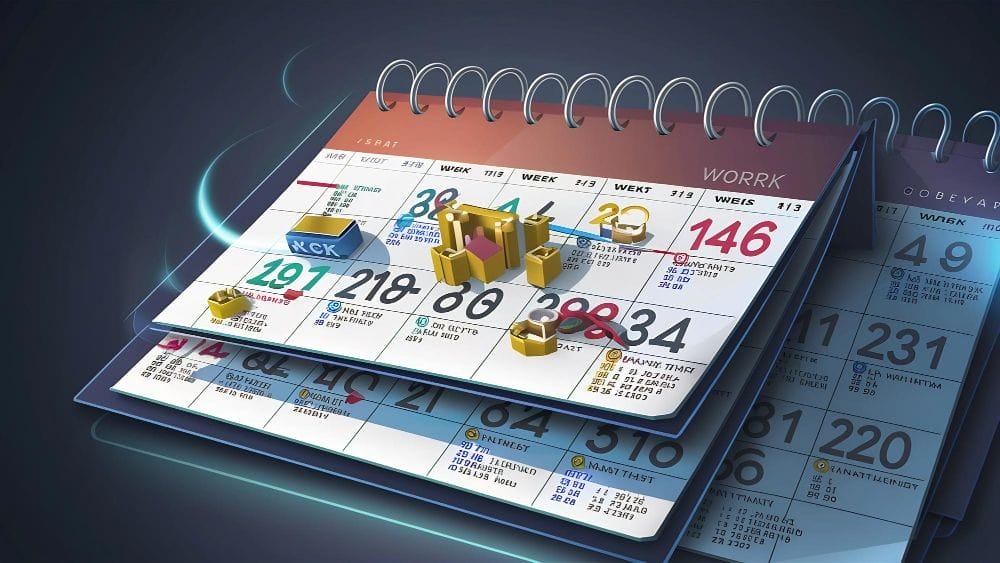Forex trading is already a tough game. But when economic news hits the market like a thunderstorm, everything gets even more chaotic. If you’ve ever placed a forex trade based on a signal, only to watch it go the wrong way the moment news dropped, you’re not alone. It’s frustrating. Infuriating, even. So, how exactly does economic news mess with forex signal accuracy? Buckle up — because we’re diving deep into this volatile mix of information, emotions, and money.

What Are Forex Signals, Really?
Forex signals are like GPS for traders. These signals tell you when to buy or sell a currency pair. They’re generated through either manual analysis by expert traders or through automated systems (like AI bots) based on algorithms and market patterns. Sounds simple, right? Well, it would be — if the market behaved logically. Spoiler: It doesn’t.
The Jekyll and Hyde Nature of the Forex Market
The forex market has a split personality. On one side, it’s technical, clean, and predictable. On the other? It’s emotional, news-driven, and downright bipolar. One unexpected economic report, and suddenly the market behaves like it’s had three espressos too many.
Signals generated based on historical data or chart patterns often assume a level of normalcy. But when the news hits, that normalcy goes out the window. Traders panic, institutions adjust positions, and volatility explodes.
Why Economic News Is the Ultimate Wildcard
Economic news is unpredictable. Even if you know when it’s coming (like a scheduled interest rate announcement), you never really know how the market will react. Sometimes good news causes the market to tank — ironic, right? That’s because market sentiment often matters more than facts.
Imagine this: The U.S. unemployment rate drops — great news, right? But if traders expected an even bigger drop, disappointment could drive the USD down. It’s not just the numbers; it’s the expectations behind them.
Types of Economic News That Shatter Signal Accuracy
Let’s break down the major news events that can completely throw forex signals off-course:
1. Interest Rate Decisions
When central banks like the Federal Reserve or ECB tweak interest rates, it’s a big deal. Higher rates typically strengthen a currency, while cuts can weaken it. But again, it depends on what traders expected.
2. Inflation Reports (CPI, PPI)
These reports give insight into how fast prices are rising. High inflation might force central banks to raise interest rates — and the market reacts fast.
3. Employment Data (Non-Farm Payrolls)
This one’s a beast. The NFP report often causes massive volatility, even if the numbers are only slightly off expectations.

4. GDP Growth
Gross Domestic Product growth can shape investor sentiment about a country’s economy. Strong GDP usually boosts a currency… unless it was already priced in.
5. Geopolitical News
Wars, elections, or trade tensions? All of them can nuke signal reliability in a heartbeat.
Signal Providers vs. Real-Time News: The Timing Lag
Most signal providers — especially manual ones — can’t react in real-time to breaking economic news. By the time a human or even an AI system adjusts to a surprise rate hike or geopolitical event, the damage is often already done. The market has spiked, dived, or whipsawed, and your signal? Outdated.
It’s like trying to steer a car after it’s already gone off the road.
The Domino Effect of Economic News on Market Psychology
Forex isn’t just numbers. It’s people — human traders making decisions based on fear, greed, and uncertainty. When economic news hits, the psychology of the market shifts instantly.
Traders start second-guessing themselves.
Algorithms kick in with rapid trades.
Liquidity dries up or floods in.
All this noise distorts signal accuracy like a radio full of static.
Technical vs. Fundamental Analysis During News Events
Technical traders rely on charts. But during major news events? Those beautiful trend lines and Fibonacci levels? Yeah, they’re toilet paper.
Fundamental traders, who consider economic data, can sometimes predict market direction better — but only if they’re quick and correct. And that’s a big “if.”
How Bad Signals Hurt Traders During News Volatility
Using signals without accounting for upcoming news is like walking into a hurricane wearing flip-flops. Here’s what can go wrong:
-
Whipsaws: Price shoots up, then crashes down. Your stop-loss hits, and then it goes your way — infuriating!
-
Slippage: You try to enter a trade, but the execution price jumps. Now you’re entering 10-20 pips away from where you wanted.
-
False Breakouts: A signal tells you a breakout is happening — but it’s a trap. The market reverses immediately.
Why Backtesting Can Be Misleading
Traders love to backtest strategies and signals. But here’s the kicker: most backtests exclude high-impact news periods. Or worse, they assume “normal” market conditions. So, a strategy that looks like gold on paper can fail spectacularly in real-time news scenarios.
It’s like test-driving a car on a calm track, then racing it through a thunderstorm.
How Pro Traders Handle News vs. Signals
Ever wondered how the pros stay afloat? Here’s what they do differently:
-
Avoid Trading Right Before News: They stay out during big announcements — simple but effective.
-
Use News Filters: Advanced traders use calendars to block trades during high-impact events.
-
Incorporate Fundamentals: They don’t just rely on signals — they read between the economic lines.
Meanwhile, beginner traders blindly trust signals — and often pay the price.
Can Signal Providers Adapt to News Events?
Yes… but most don’t.
Some advanced services now integrate real-time economic calendars and alerts into their signal generation. A few even pause signals during major events or issue “news-mode” instructions. But many still send signals 24/7 like nothing’s happening.
It’s like sending someone to the beach without telling them there’s a hurricane warning.
What Should YOU Do as a Trader?
You don’t have to become a macroeconomic genius overnight, but you do need to be aware. Here’s your survival checklist:
-
Check the Economic Calendar Daily: Websites like Forex Factory or Investing.com are your best friends.
-
Don’t Enter Trades Just Before News: Wait it out — even if the signal looks tempting.
-
Use Wider Stops (or No Trade) During News Times: Volatility can kill tight stop-losses.
-
Understand the News Impact Levels: Not all reports are equal. Focus on red-flag events.
-
Ask Your Signal Provider If They Factor in News: If they don’t, reconsider using them.
News Can Also Improve Signal Accuracy (Surprised?)
Sometimes, news confirms a trend. For example, if technicals show a strong uptrend in USD/JPY and the Fed announces a rate hike — boom! The signal becomes even more powerful. The stars align.
But again, this only works when the signal and news are in sync. If they’re in conflict? You’re probably holding a ticking time bomb.
Conclusion: Don’t Trade Blindfolded
Economic news is the ultimate disruptor in forex trading. It can wreck even the most well-crafted signal. If you ignore it, you’re not just gambling — you’re begging to lose. While signals can guide you, they must be filtered through the lens of economic context.
So next time you get a shiny new forex signal? Pause. Breathe. Check the news. Then decide if it’s a signal worth following — or one worth skipping.
FAQs
1. Can I trust forex signals during major economic news?
Not entirely. Signals often don’t account for the chaos that news events bring. It’s safer to wait until after the volatility settles.
2. How do I know when news is coming?
Use an economic calendar like Forex Factory. Look for high-impact news marked in red — those are the ones that shake the market.
3. Should I stop trading during news hours?
In most cases, yes. Unless you’re an experienced news trader, it’s better to avoid trading during announcements.
4. Are AI-based signals better at handling news volatility?
Some are, especially if they integrate real-time news feeds. But many still struggle with unexpected shifts in sentiment.
5. What’s the best strategy for trading during economic news?
If you must trade news, consider straddle strategies (placing orders both above and below the price) — but only with proper risk management. Otherwise, stay out and let the storm pass.


